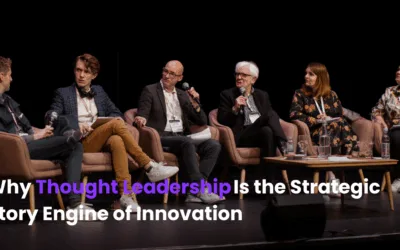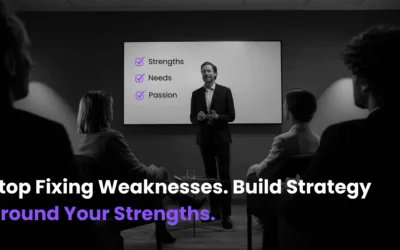Imagine you’ve just walked into your favourite electronics store, aiming to buy that sleek, new laptop you’ve been eyeing for months. You know the one—with lightning-fast processing speed and a crystal-clear display. But as you reach out, ready to make that purchase, the eager salesperson stops you. “Sorry,” they say, “we can only show you a demo model today.” Disappointed, you wonder, “What’s the use of a demo if I can’t take the real thing home?”
In the realm of SaaS products, much like buying electronics, a seamless transition from demo to purchase is critical. While many SaaS businesses excel at crafting impressive demonstrations of their products, they often miss the mark when it comes to being truly ‘sales-ready.’ A great demo can generate interest, but if the transition to purchase isn’t seamless, potential customers might walk away empty-handed.
The truth is, when someone is ready to buy, they’re not just interested in seeing what your product can do—they’re at a decisive moment, prepared to make a commitment. At this critical juncture, if your product isn’t ready to jump into their workflow and start making a difference, that momentum is lost. To capitalise on the 5% of the market that’s ready to buy at any given moment, your SaaS business needs to be prepared to close the deal, not just show off features.
So, how do we bridge the gap between demo and purchase, ensuring our product is as ready to sell as customers are to buy?
Bridging the demo-purchase gap
First, look beyond the demo. A stellar product demonstration is an essential element of the sales process, true, but it’s not the finish line. Think about it—after you’ve wowed a potential client with your demo, what comes next? They’ve seen what your product can do, but now they need to know how it will work specifically for them. This means having a well-defined onboarding process that’s as smooth as the demo itself. Ensure that once a client says ‘yes,’ you’re ready to get them up and running with minimal friction.
Suggestion: Offer a freemium – or try before you buy, live trial.
Next, fine-tune your value proposition. It’s essential to communicate not just what your product does but how it will solve the customer’s unique problems. This requires a deep understanding of your customers’ needs and the ability to articulate how your product will meet those needs better than any other on the market. Get specific here; generic promises won’t cut it. Tailor your pitch to address the real concerns and desires of your prospective buyers.
Moreover, focus on building trust. When a customer is ready to buy, they’re placing trust in your product and your company. They need to feel confident that they’re making the right decision. You can build trust through transparency—being upfront about pricing, offering clear terms of service, and providing case studies or testimonials from satisfied customers. Trust is the bedrock of any sales relationship; make sure your SaaS business is doing everything to earn and maintain it.
Let’s also discuss accessibility. Your product might be ready to revolutionise the industry, but if potential buyers can’t easily access it or understand how to integrate it into their current systems, you’ll struggle to convert demos into sales. Ensure your product is compatible with other tools and systems your customers are already using. Provide clear documentation explaining how the integrations work, support resources, and training if necessary. Accessibility isn’t just about the product itself—it’s about the entire experience surrounding the product.
The window of willingness for SaaS products
Now let’s talk timing. There’s an old adage: “Timing is everything.” This is especially true in sales. Your product might be ready to sell, but if you’re reaching out to customers at a time that isn’t right for them, all your efforts will be in vain. Understand the buying cycles of your market and align your sales strategy accordingly.
The key is to be present and ready when your customers are in that 5% window of willingness to make a purchase.
Is it easy to buy from you?
One element that is often overlooked is whether it is easy for customers to buy from you. As Open View Partners explain in their SaaS benchmarks report, “you need to make it esy for customers to buy on their own terms”. This is especially true when your product is global. Some countries prefer credit cards. Others, like China, prefer Alipay. It’s important to know your markets as well as your customers.
Lastly, foster a culture of feedback and improvement. Customers’ needs evolve, and your product should too. Keep the lines of communication open even after the sale is made. Use customer feedback to refine your product and ensure it stays relevant and valuable. This not only improves the product over time but also demonstrates to customers that you’re invested in their success, not just in making a sale.
Remember, the art of selling is about more than just showcasing features—it’s about making it irresistibly easy for customers to say yes. By ensuring your SaaS product is as prepared to sell as your customers are ready to buy, you’re not just closing a deal; you’re beginning a relationship that can grow and evolve. And that’s a win for everyone involved.



